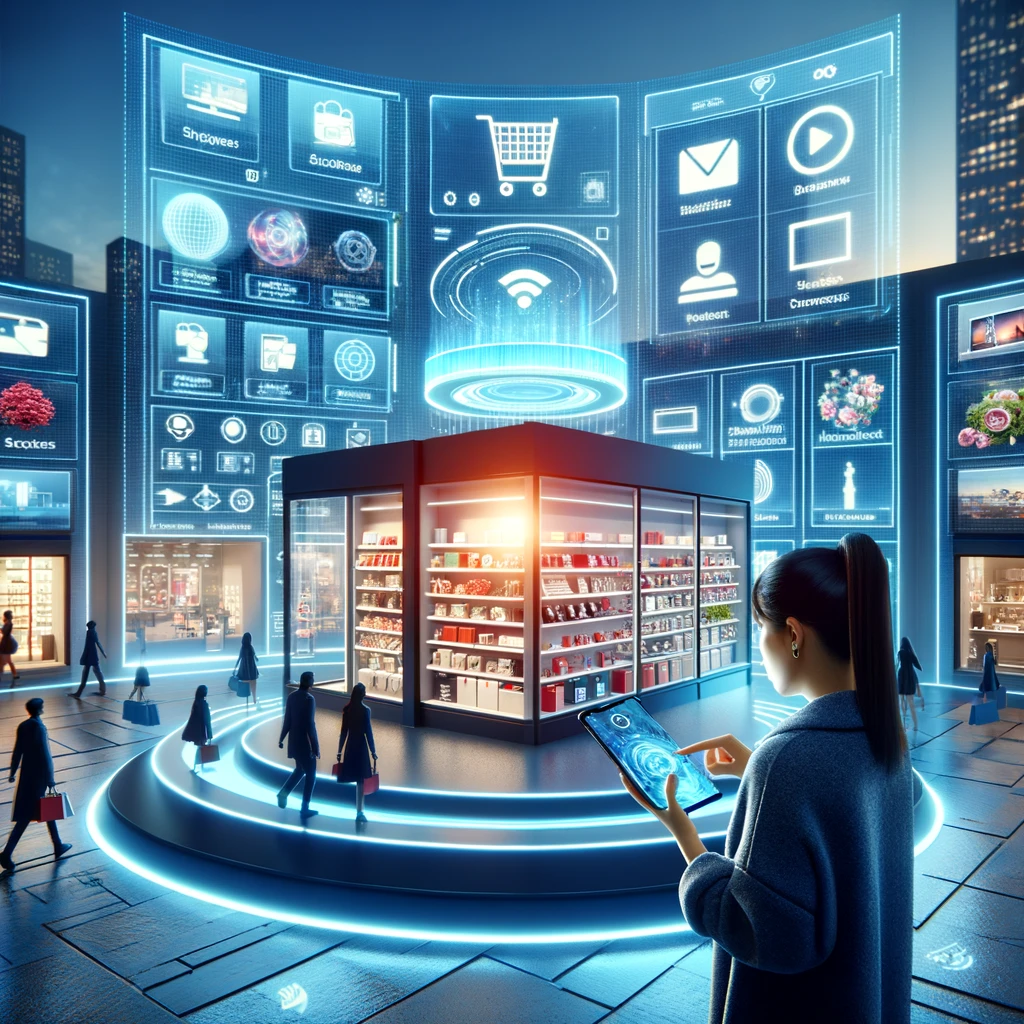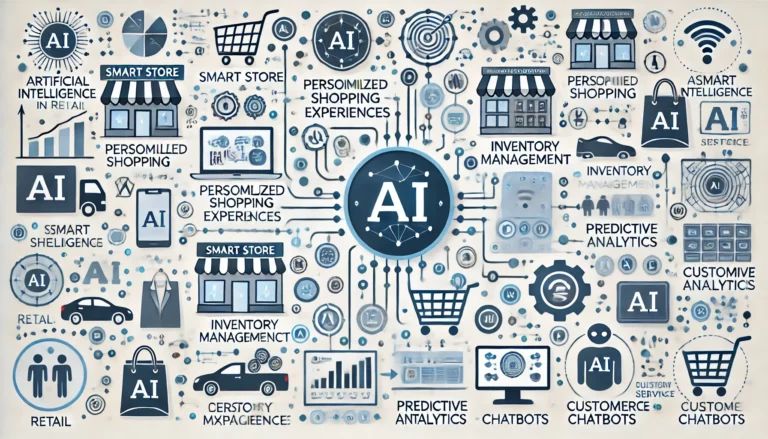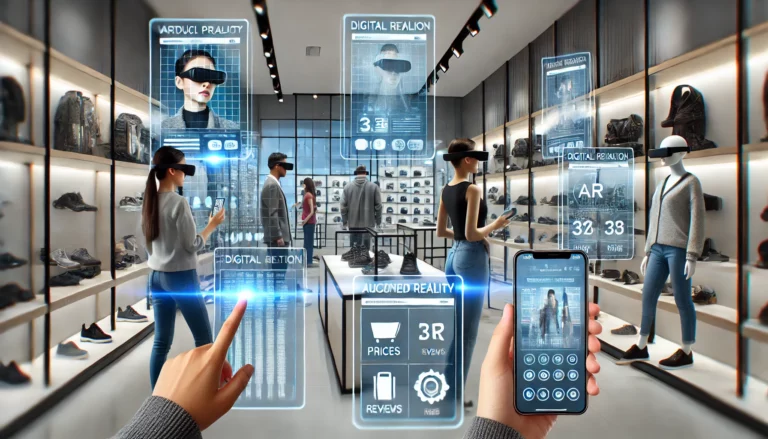Redefining Retail: The Shift from Brick-and-Mortar to Digital Dominance
The retail landscape is undergoing a seismic shift, moving beyond the familiar confines of brick-and-mortar stores to embrace the boundless potential of digital platforms. This transformation is not just about changing where we shop, but how we shop, interact, and engage with brands. For English writers focused on retail, technology, and consumer behavior, understanding this evolution is crucial. This article delves into the key facets of retail’s digital revolution, offering insights into the forces driving this change and what it means for the future of shopping.

The Rise of E-commerce
The proliferation of e-commerce has been a game-changer for retail, offering convenience, variety, and competitive pricing. Online platforms have democratized retail, allowing small businesses to compete with retail giants and giving consumers access to a global marketplace. The convenience of shopping from anywhere, at any time, has set a new standard in consumer expectations.
Mobile Shopping: The New Frontier
The smartphone revolution has taken e-commerce to new heights, making mobile shopping an integral part of the retail experience. Retailers are optimizing their websites for mobile and developing apps that offer personalized shopping experiences, leveraging geolocation, push notifications, and mobile payments to engage consumers on the go.
The Emergence of Omnichannel Retail
The future of retail is not just online or offline; it’s omnichannel. This approach integrates various shopping channels—online, in-store, mobile, and social media—into a cohesive customer experience. Consumers can research products online, try them in-store, make purchases via mobile, and engage with brands on social media, all within a seamless journey.
Personalization and AI
Artificial Intelligence (AI) is transforming retail by enabling hyper-personalized shopping experiences. AI algorithms analyze customer data to offer personalized product recommendations, optimized pricing, and tailored marketing messages. This level of personalization enhances customer satisfaction and loyalty, driving sales and engagement.
Augmented Reality (AR) and Virtual Reality (VR)
AR and VR are bridging the gap between digital and physical retail, offering immersive experiences that enrich online shopping. AR allows consumers to visualize products in their environment, while VR creates fully immersive virtual stores. These technologies enhance the online shopping experience, making it more interactive and engaging.
Social Commerce
Social media platforms are evolving into shopping channels, introducing features that allow users to purchase products directly through the app. This integration of commerce and social media leverages the influence of social networks and influencers, making shopping a more social and interactive experience.
Sustainable and Ethical Retail
Digital retail is also paving the way for more sustainable and ethical shopping practices. Online platforms offer transparency in sourcing and production, allowing consumers to make informed choices. Digital retail reduces the need for physical inventory and stores, minimizing the environmental footprint of retail operations.
The Role of Data Analytics
Data is the lifeblood of digital retail, offering insights into consumer behavior, preferences, and trends. Retailers are leveraging big data analytics to optimize their operations, from inventory management to customer service, ensuring that they meet the evolving needs of their customers.
Navigating the Digital Retail Landscape
As retail continues to evolve, navigating this new digital landscape requires agility, innovation, and a deep understanding of consumer behavior. Retailers must embrace new technologies, adopt sustainable practices, and offer personalized, omnichannel experiences to stay competitive. For writers and professionals in the retail industry, keeping abreast of these trends is essential for capturing the nuances of retail’s digital transformation.
The evolution from brick-and-mortar to digital dominance marks a new era in retail, offering opportunities for growth, innovation, and connection. As we look to the future, it’s clear that the retail experience will continue to evolve, shaped by technology, consumer expectations, and the ever-changing digital landscape. Embracing this change is not just an option for retailers; it’s a necessity for thriving in the new era of retail.



